Some animals are built like weapons—powerful, fast, and biologically equipped to end you in moments.
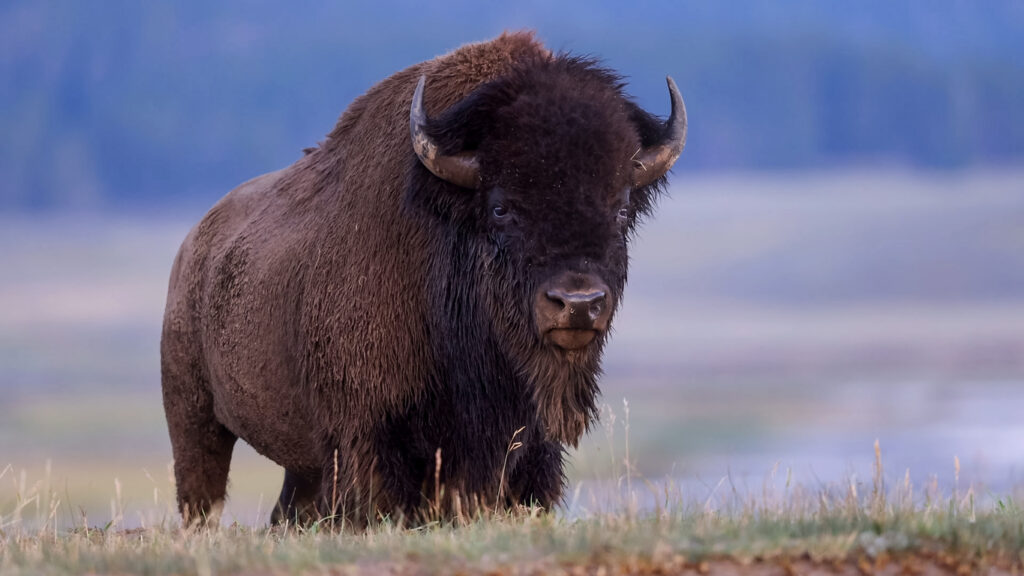
However, what’s fascinating is how many of them don’t. Despite having the tools to do real damage, these animals rarely, if ever, pose a threat to humans. They’re not tame, and they’re not weak. They’re just not interested in using their power against us. Here are some of the most dangerous animals you’ll (hopefully) never have to fear—not because they can’t hurt you, but because they usually choose not to.
Blue whales could crush a human without noticing, but they don’t.
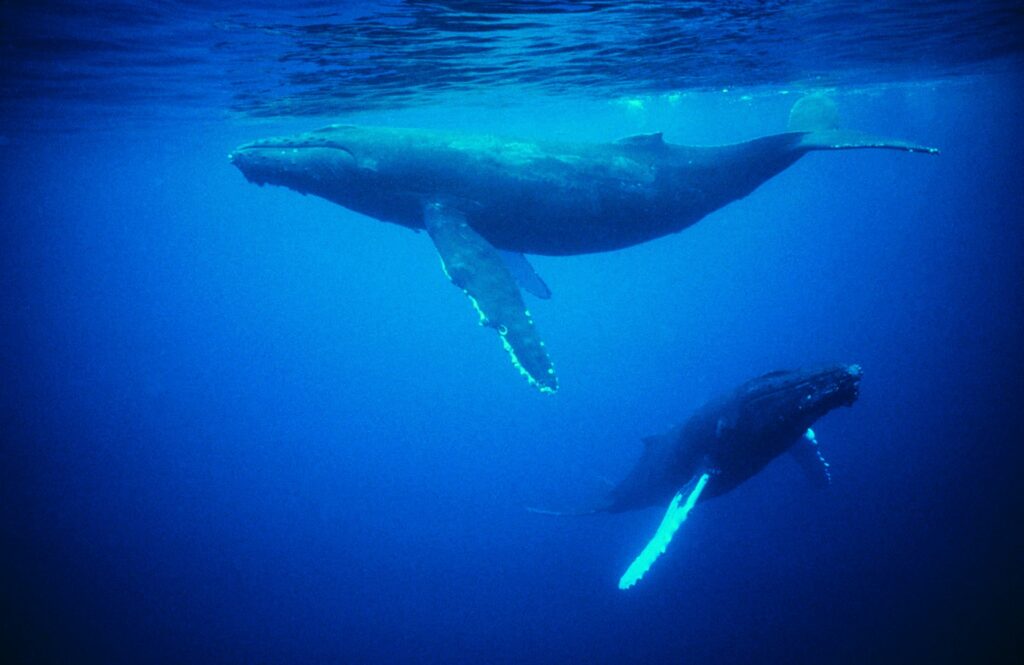
The largest animal to have ever lived, blue whales can reach over 30 metres in length and weigh up to 200 tonnes. One flick of their tail or a careless move near the surface could spell disaster for anything in their way, including a boat.
But blue whales are plankton feeders. They’re not aggressive, not territorial, and not remotely interested in humans. Swimmers, divers, and kayakers have found themselves metres away from these giants, and yet incidents involving blue whales harming people are practically unheard of. Their sheer size should make them terrifying, but their temperament makes them astonishing.
Gorillas are stronger than any human, but famously gentle.

A silverback gorilla has the strength to lift nearly a tonne and can tear through dense jungle like tissue paper. Their bite is stronger than a lion’s, and they could flatten most animals, or people, without breaking a sweat.
But they don’t. Gorillas are peaceful by nature. They live in close-knit family groups and are deeply social. Most aggression is expressed through displays—chest beating, hooting, mock charges—not actual violence. Unless provoked or cornered, they avoid conflict. In fact, many researchers who’ve worked with wild gorillas describe them as shy and even patient.
Elephants can cause mass destruction, but they rarely do.
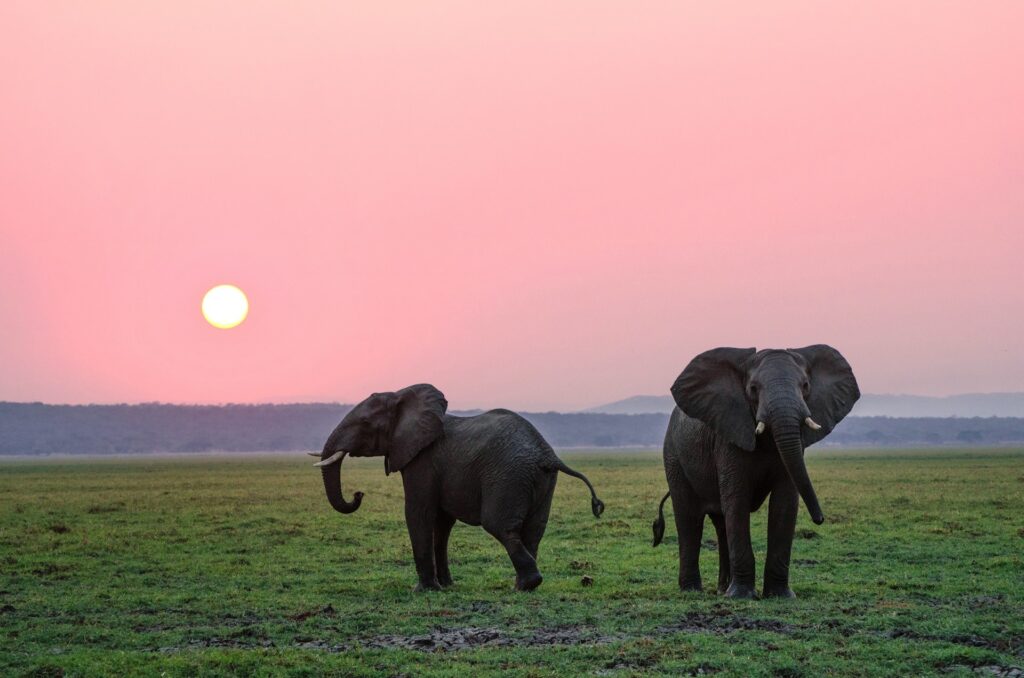
Elephants are responsible for some human deaths each year, usually tied to habitat conflict or stress. But it’s important to remember what they’re capable of. These are animals that can overturn vehicles, flatten trees, and trample almost anything in their path. They’re smart, emotionally complex, and physically unstoppable.
And yet, when left alone in the wild or treated with respect in sanctuaries, elephants are calm and gentle. Even wild bulls in musth, a hormonal state that increases aggression, usually avoid confrontation unless challenged. Their power is real, but so is their restraint.
Great white sharks are perfectly designed killers, but they don’t target humans.
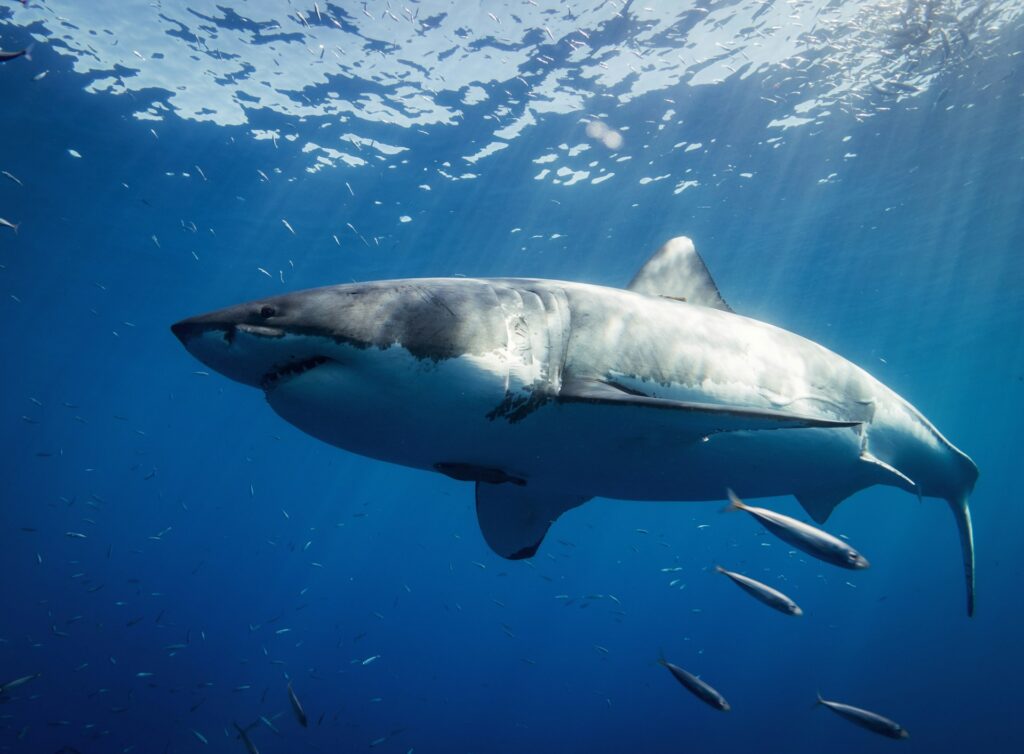
A single bite from a great white can do catastrophic damage. They have hundreds of razor-sharp teeth, immense jaw power, and an uncanny ability to detect even a drop of blood in the water. But here’s the twist: they don’t hunt humans.
Most great white attacks are cases of mistaken identity, such as surfers or swimmers resembling seals. Even then, the shark often bites once and retreats. In many cases, the victim survives. Despite decades of fear-fuelled headlines, these apex predators would rather leave us alone.
Cassowaries look like dinosaurs, but prefer to walk away.
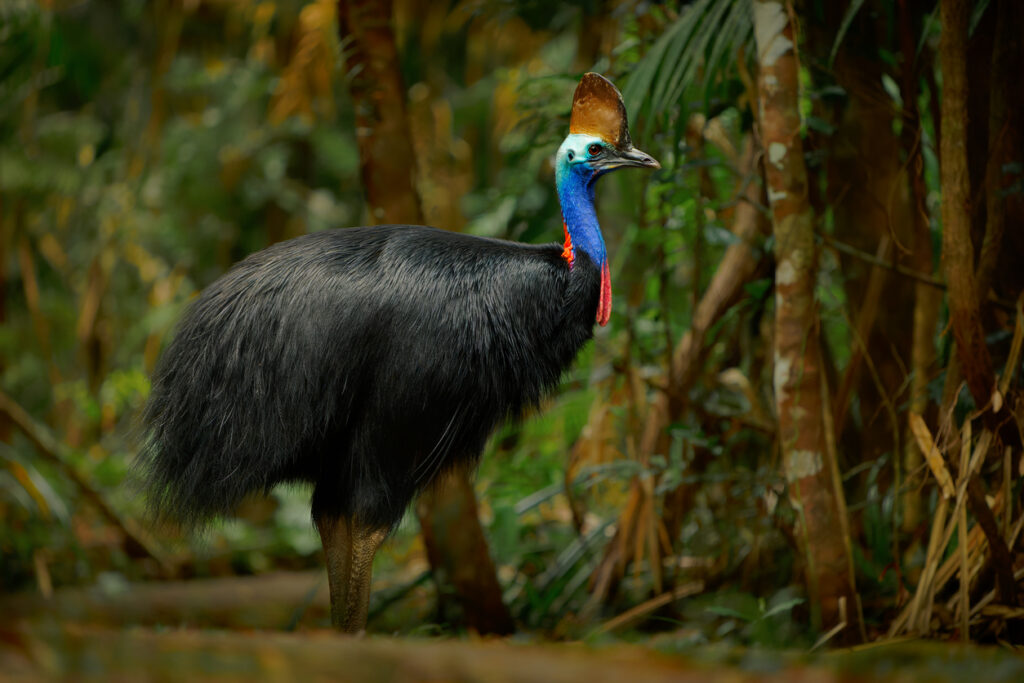
Native to Australia and New Guinea, cassowaries are large, flightless birds with dagger-like claws. If they wanted to, they could disembowel a human with a single kick. They’ve been dubbed “the world’s most dangerous bird,” and yet actual attacks are rare.
Cassowaries are shy and solitary by nature. Most human-cassowary conflict happens when people feed them or get too close. In the wild, they slip away into dense forest before you ever get near. Their reputation is outsized; their preference is for peace.
Green anacondas could crush a person, but they won’t.
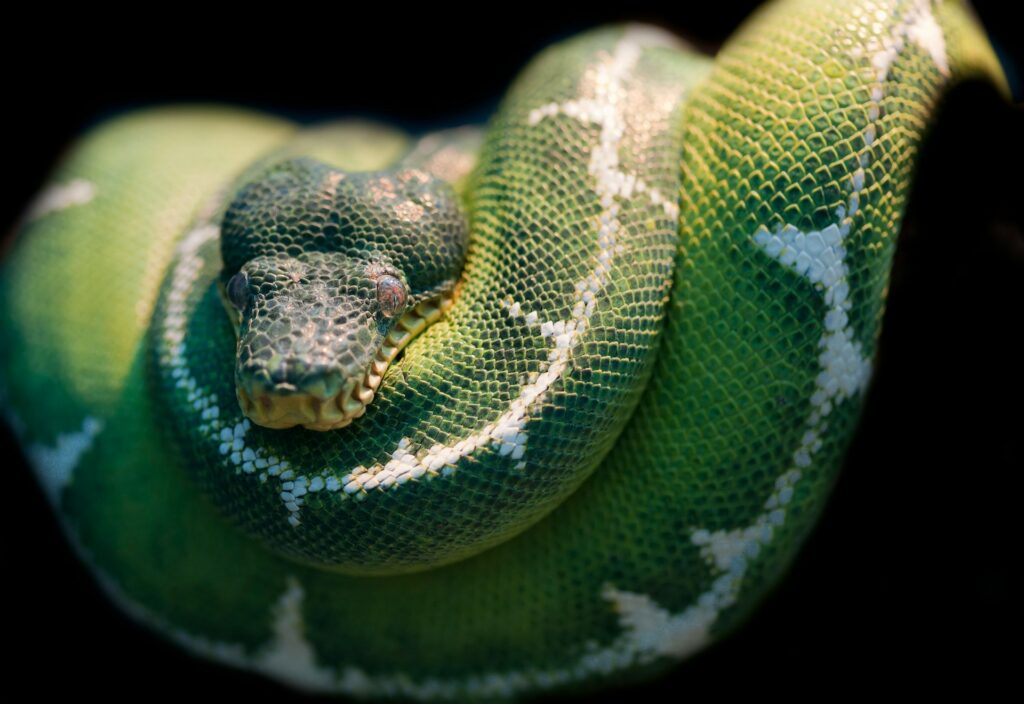
The green anaconda is the heaviest snake in the world and can grow to lengths of nearly 30 feet. It kills by constriction, wrapping around prey and squeezing until the heart stops. Technically, it could kill a human with ease.
But anacondas don’t view humans as prey. Attacks on people are practically unheard of. They stick to rivers, wetlands, and murky areas where fish, birds, and capybaras are plentiful. For all their bulk and muscle, they’re surprisingly reserved.
Komodo dragons have toxic bites, but rarely use them on humans.
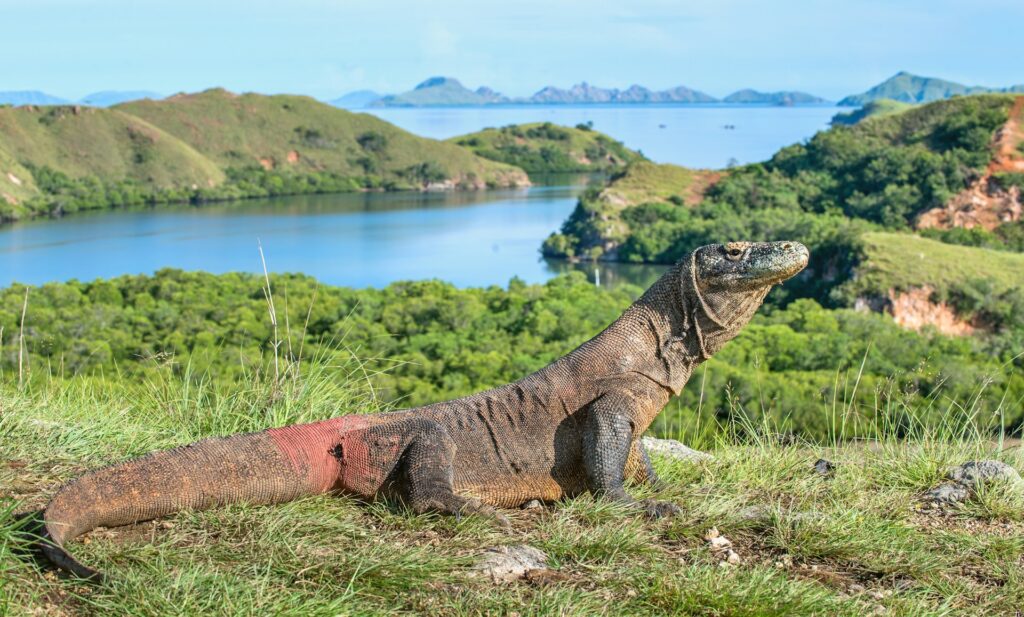
Komodo dragons are enormous monitor lizards with powerful legs, razor-sharp teeth, and venom that causes blood thinning and shock in their prey. A bite can lead to rapid blood loss and infection. But even though they’ve got the tools for horror, they tend to stay out of trouble.
Wild attacks on humans are incredibly rare. Most incidents have happened in captivity or due to human encroachment. In the wild, Komodo dragons are more focused on deer and carrion. They’re not stalking hikers. They’re sunbathing on a rock.
Tarantulas look terrifying, but they’re almost harmless.
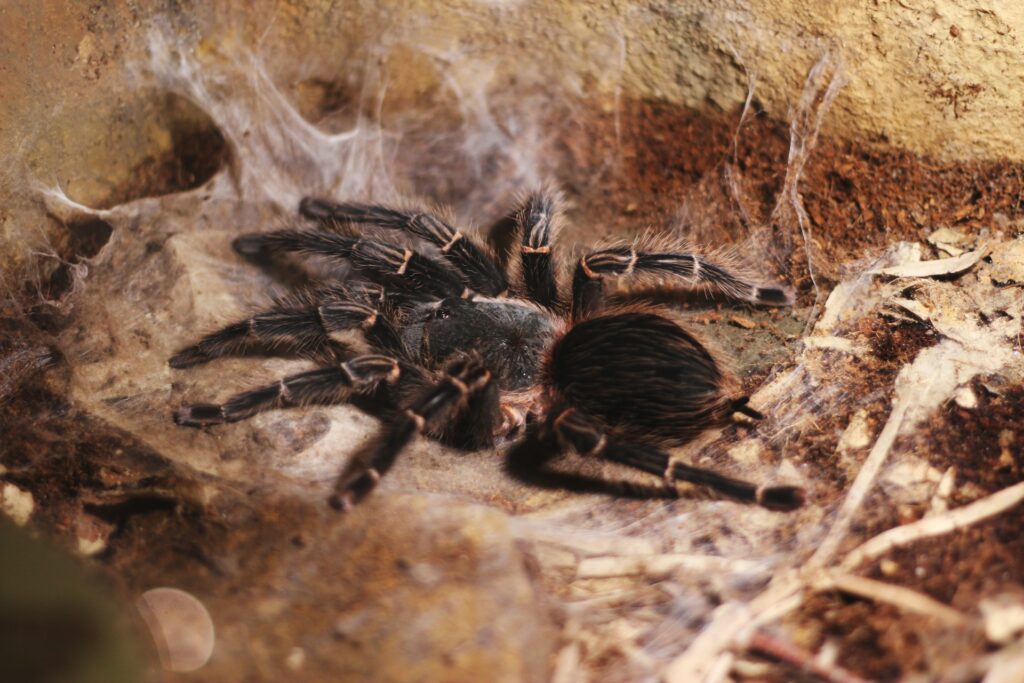
With their hairy bodies and fanged appearance, tarantulas have long been the stuff of nightmares. But in reality, they’re one of the least dangerous large spiders you could encounter. Their venom isn’t deadly to humans, and most bites are no worse than a bee sting.
Tarantulas are shy. They don’t want a confrontation. They’d much rather retreat than fight, and will only bite if cornered or mishandled. Even then, their warning display—rearing up on their back legs—gives you plenty of notice.
Manta rays could flatten you, but they’re oceanic softies.
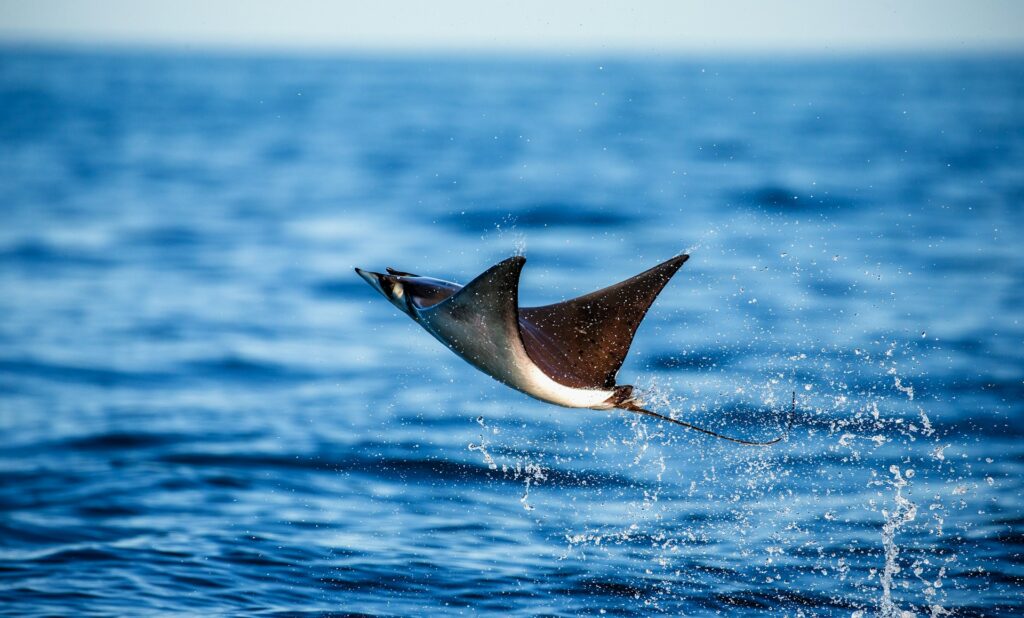
With wingspans reaching up to seven metres, manta rays are the largest rays in the ocean. They look imposing, especially when gliding just below the surface. But despite their size, they’re harmless filter-feeders.
Mantas have no stingers, no teeth, and no interest in aggression. Divers often swim alongside them without incident. Their calm, curious nature has made them a favourite among marine biologists and ecotourists alike. They’ve got the size of a sea monster, and the heart of a sponge.
Bison are incredibly strong, but avoid conflict.
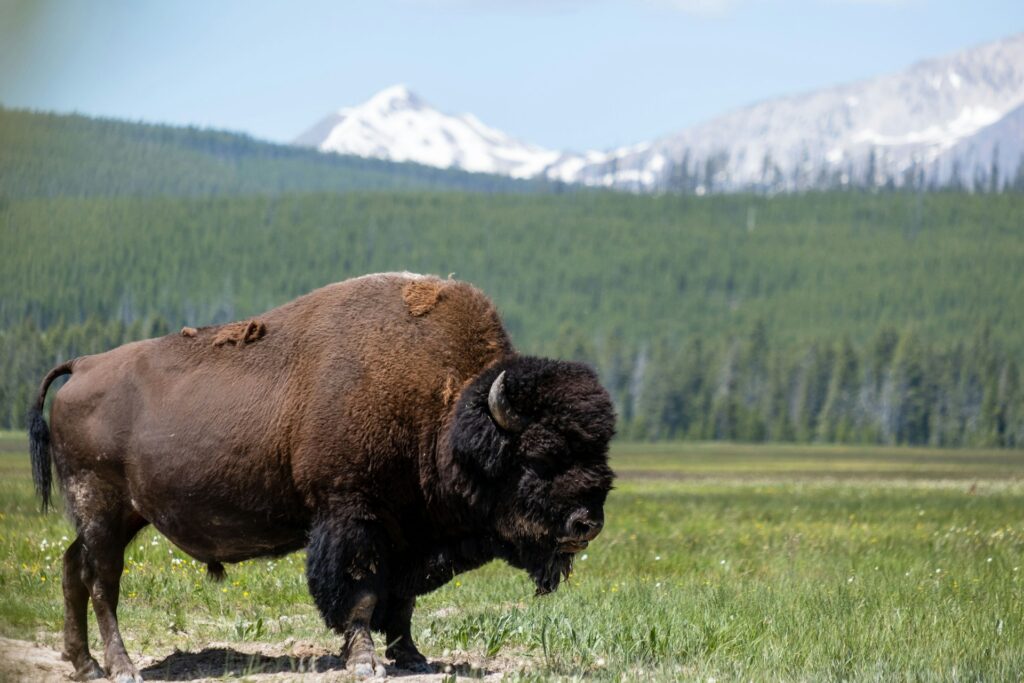
The American bison is the largest land animal in North America, and it’s built like a tank. Weighing nearly a tonne and capable of charging at 35mph, it could cause serious damage to anything in its way.
Yet in the wild, bison are generally passive. Most problems occur when humans get too close, especially tourists treating them like pets. Given space, bison are peaceful grazers. They’re powerful, yes, but not confrontational by default.
Giant Pacific octopuses are clever and strong, but gentle.

These massive cephalopods can span over four metres and have remarkable strength in their arms. They’re problem-solvers, tool-users, and even capable of opening jars and escaping enclosures.
But they’re not aggressive. In the wild, they mostly keep to themselves, hunting crabs and fish and hiding in rocky dens. Divers have encountered them at close range, and the worst that usually happens is a curious tentacle reaching out to explore. For a creature so alien and capable, it’s astonishingly mellow.
Orcas are apex predators, but have never killed a human in the wild.
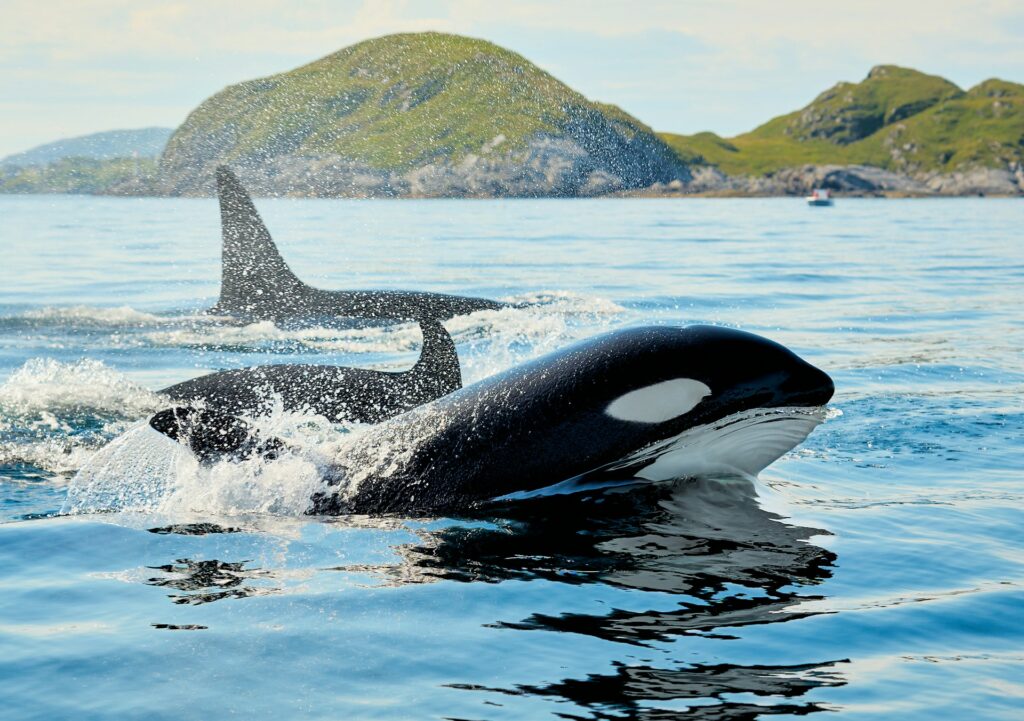
Orcas, or killer whales, are formidable. They work in coordinated pods, hunt with military precision, and can take down seals, sharks, and even large whales. They’re faster, smarter, and more adaptable than almost anything else in the sea.
And yet, there are zero documented cases of wild orcas killing humans. They approach boats, mimic speech, and display playful behaviour. Captive orcas have occasionally turned aggressive, but in the wild, they show a consistent pattern of curiosity without harm. It’s one of the great mysteries of marine behaviour.
These animals have the power to injure or kill, no question.
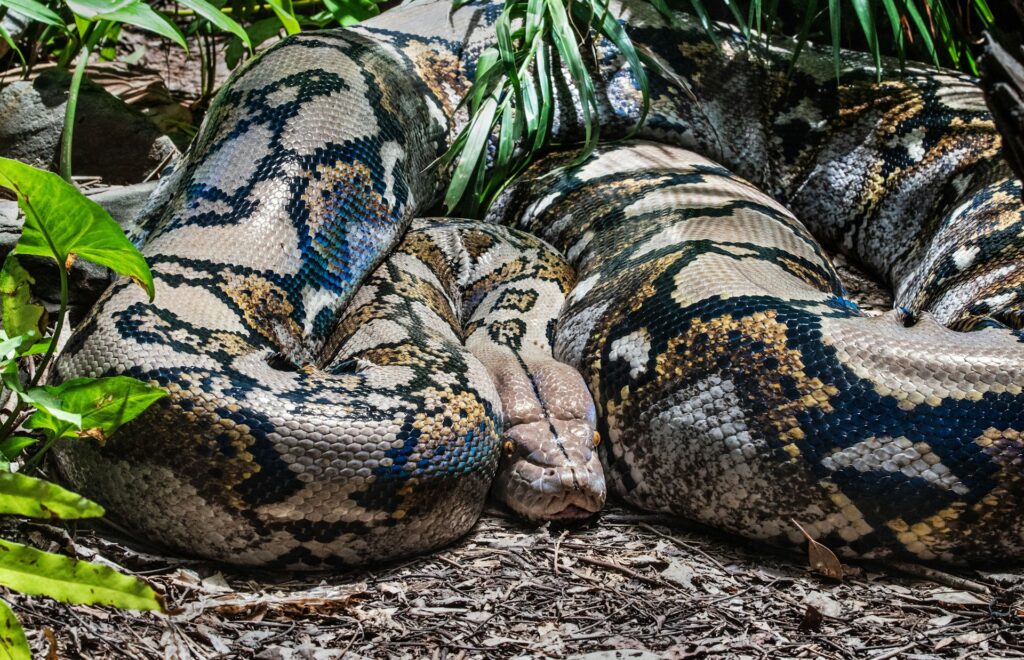
However, they also have the intelligence, instincts, or social structure to hold back. It’s easy to fear what we don’t understand, but in many cases, the most dangerous-looking animals are also the most misunderstood.
What these creatures remind us is that power doesn’t always mean aggression, and the natural world is full of restraint, balance, and intelligence we often overlook. Respect their space, and they’ll give you no reason to fear them, even if they could end you in a heartbeat.